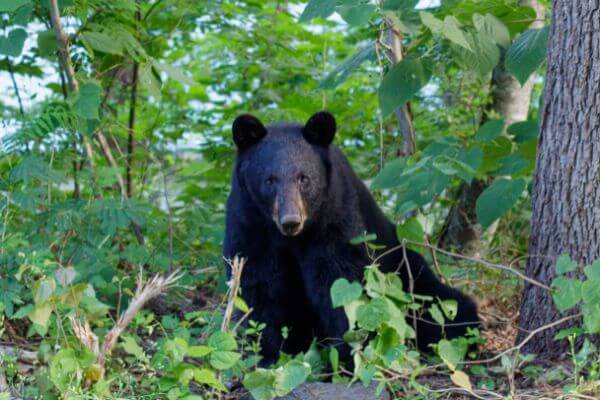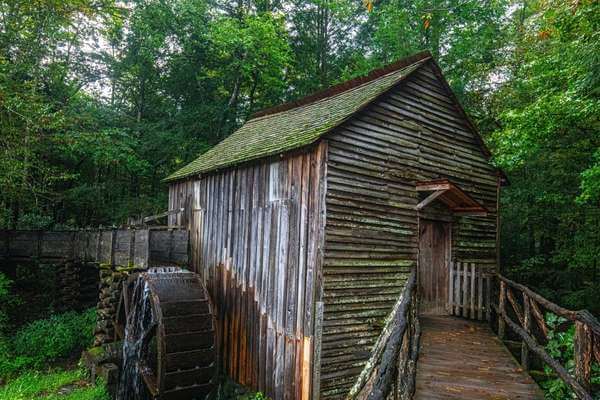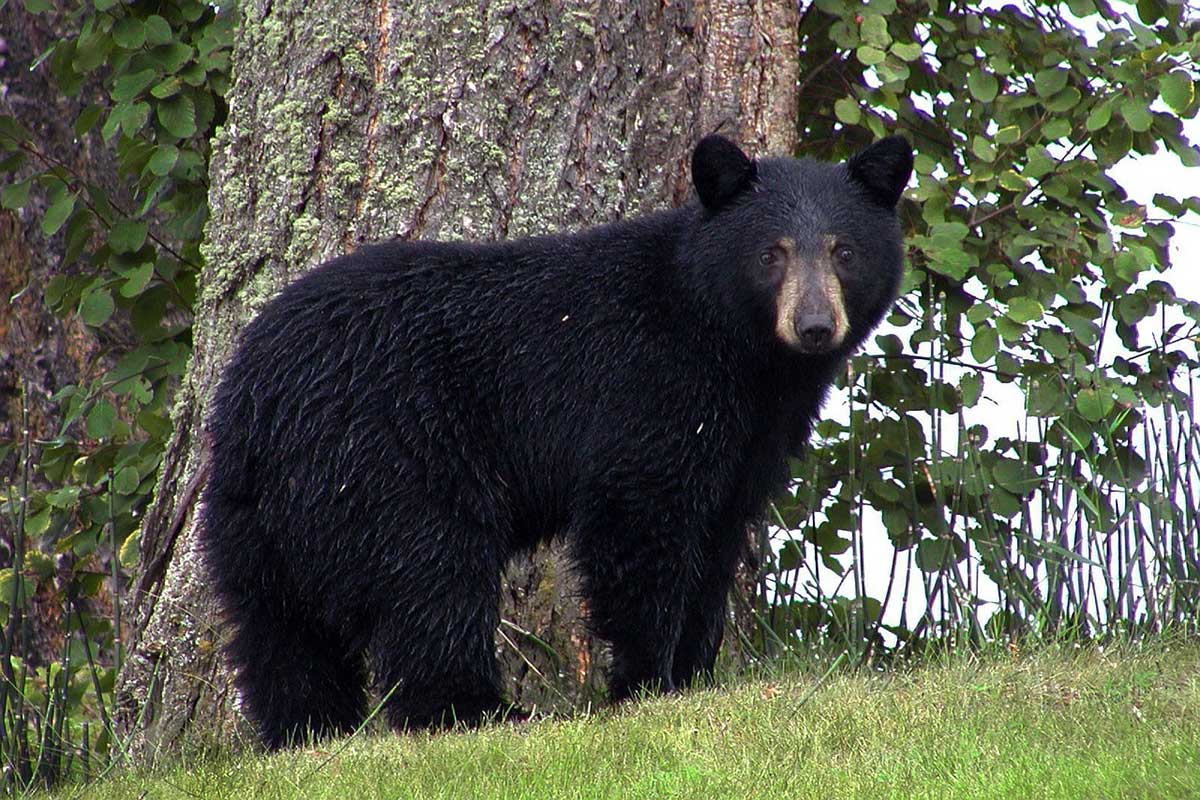Black bears are berry-loving animals that can grow up to 6 feet long and 600 pounds in weight. One of their natural wild habitats is in the Great Smoky Mountains National Park, where over 1,500 bears live. That’s around 2 bears per square mile! However, it doesn’t mean a visit to the park will guarantee a bear sighting. So, where and when can you see black bears in the Smoky Mountains?
To give you the best chance of spotting these majestic wild animals, here’s a guide on all you need to know about seeing black bears.
When can you see black bears in the Smoky Mountains?

Black bears are most active in the spring and summer months between March and August. For example, females will come out of their winter dens in late March or early April with their newly-born cubs. Sometimes you will also see bears active during the fall if the temperatures aren’t too cold and there is still plenty of food to be found.
Once the weather gets colder, they will seek out places in higher elevations for a den to take shelter and enter a semi-hibernation state. While some bears might still briefly leave the den during the winter, it’s less likely you’ll see one.
For the best times of day, you are most likely to see black bears wandering about during the early morning hours of 5 AM to 9 AM or late evening hours between 5 PM and 8 PM.
Sometimes they may wander to your cabins or cross your path during hikes through the Great Smoky Mountains National Park.
Before planning a hike in the park, you’ll want to check the Temporary Closures section of the National Park Service website for any reports on bear closures or warnings. The site will list information on closed trails due to bear activity or warning areas where bears are active.
Can I approach a black bear?
No, you can’t. Approaching within 150 feet of black bears is illegal within the Great Smoky Mountains National Park. Violations of this regulation can lead to fines or arrests. Maintaining a distance helps keep you and the bears safe when they don’t feel disturbed. Instead of physically approaching them, it’s best to use a camera telephoto lens, spotting scopes, or binoculars if you want to catch a closer look at the bears.
What if I encounter a black bear?
If the bear is minding its own business, there is no need to be alert. However, if a bear starts making loud noises, swatting the ground, or running toward you it means they want more space. It’s best not to run but to slowly back away as you watch the bear. Once you give them space they are most likely to walk away as well.
If you find a bear approaching you, either for your food or to attack you, make sure you separate yourself from the food. Also:
- Talk loudly or shout
- Make yourself look bigger, including moving to higher ground
- Use your bear spray if they come within 60 feet
- Don’t run or use firearms
- Don’t play dead
5 hotspots to see black bears in the Smoky Mountains
Now that you know when to see black bears and what to do if you encounter one, here are 6 of the top places to visit in the Smoky Mountains for bear sightings.
1. Cades Cove Loop

One of the most popular places where people often see black bears is Cades Cove. The bears love this area for the abundance of food sources, including berries like huckleberries, blackberries, and blueberries.
While driving around the Cades Cove Loop you might see them near the historic buildings, walking through fields, or wandering along the creek.
You can also look out for berry bushes where you can catch a glimpse of them eating. Being in your car also lets you keep a safe distance from the bears as you watch them in their natural habitat.
2. Cades Cove hiking trails
Black bears also like the remote, wooded areas in Cades Cove so the hiking trails in the areas are also great locations to see bears. Two of the popular trails you can hike are Rich Mountain Loop Trail and Gregory Ridge Trail.
The bears are most actively searching for food in the mornings or evenings. However, if you are hiking during the daytime during the hot summer months, keep your eye out for bears hanging out in hollowed-out sections of large trees around 20 feet above the ground.
3. Newfound Gap road
The 33-mile Newfound Gap in the Smoky Mountains passes multiple rivers or streams where bears like to hang out to find food. Keep your eyes open by the water bodies for a potential bear-sighting when driving the route.
4. Roaring Fork Motor Trail

This motor nature trail is an 8-mile, one-way road that gives you a good chance of spotting black bears. You’ll want to drive less than 5 miles per hour because you’ll never know when a bear might show up. Sometimes there are also traffic jams or “bear jams” when cars stop because of a bear sighting.
5. Cataloochee Valley
Bears like remote places, and the Cataloochee Valley is in a remote area of the park – ideal for bears to find food. The area is also wide without much tree cover, so it will be easier for you to spot the bears while maintaining a safe distance. You might also see a bear when hiking the Little Cataloochee trail, that’s around 10.2 miles long.
